Results 3,701 to 3,710 of 12095
Thread: Anandtech News
-
03-05-14, 08:01 AM #3701
Anandtech: ASUS’ AMD AM1 Approach: AM1I-A and AM1M-A Announced
Hot on the heels of the AMD announcement regarding socketed Kabini systems, ASUS has released information on two of their main contenders in this segment. While AMD are expecting most motherboards to be in the micro-ATX form factor, at least a few mini-ITX will appear, and ASUS today are announcing at least one of each in the AM1I-A and AM1M-A.
AM1I-A
The mini-ITX model uses the FS1b socket (notice only two holes for a CPU cooler), with two DDR3-DIMM slots and two SATA 6 Gbps ports. The 4-pin CPU power connector is near the edge of the motherboard (to stop cables being passed over components), and similar to other ASUS mini-ITX motherboards the 24-pin ATX power connector is also on the edge. Although AMD’s initial AM1 announcement put the maximum DRAM capacity at 16GB, ASUS are claiming 32GB DRAM maximum capacity when 16GB UDIMMs are launched.
The motherboard uses Realtek Audio and NIC (ALC887 and 8111GR), with a PCIe 2.0 x4 slot, a HDMI output, a DVI-D output, two USB 3.0 ports, eight USB 2.0 ports (4 rear, 2 headers), a TPM header and two COM ports (1 rear, 1 header). ASUS features such as the graphical BIOS, DIGI+ VRM, USB 3.0 Boost and AI Suite 3 are also present.
AM1M-A
Using the larger micro-ATX form factor with a SoC that only has four PCIe 2.0 lanes might seem a little odd, but it does give the manufacturer space to add some other extra features, as well as cater for users that want more than one PCIe device. The main focus of the AM1M-A will be on the two PCIe 2.0 x1 slots below the PCIe 2.0 x4 slot. As the SoC is limited to four lanes, the way around this is to either use a switch, or selectively use one or the other. ASUS has gone for almost a mix, whereby the user can select the speed of the first black PCIe slot to x1, x2 or x4 accordingly.
The makeup of the AM1M-A is similar to the mini-ITX model – HDMI output, DVI-D output, VGA output, Realtek audio and NIC (ALC887-VD and 8111GR), two SATA 6 Gbps, four USB 3.0 ports (two rear, one header powered by an ASMedia controller), eight USB 2.0 ports (4 rear, 2 headers), a TPM header and a COM header. The AM1M-A also benefits from the ASUS graphical BIOS, USB 3.0 Boost, Fan Xpert, DIGI+ VRM and AI Suite 3.
With the use of a USB 3.0 controller onboard, there has to be some clever allocation of PCIe lanes to make it work. Chances are that the full length PCIe x16 slot runs at x4 when the two PCIe x1 slots and the internal USB 3.0 ports are not used. The moment one of them is in use, the full length slot becomes an x1 to release the bandwidth. The allocation would most likely happen at boot time, making the setting an option in the BIOS to enable or disable. I am asking ASUS which setting is default, though I would imagine the USB ports being enabled is the default setting to allow users to plug everything in. This means that if you need specifically a PCIe 2.0 x4, then it has to be enabled in the BIOS.
We are still unsure if AMD’s $60 price point is the ultra-low end objective of the AM1 platform (APU + motherboard) or the high end. Pricing from ASUS is TBD, but both boards should be available when the platform is launched on April 9th.
More...
-
03-05-14, 08:00 PM #3702
Anandtech: DirectX 12 to Be Unveiled At GDC 2014
Picking up from where we left off with last week’s discussion of GDC presentations, Microsoft has released a short teaser regarding their GDC presentation. The previously mentioned “DirectX: Evolving Microsoft's Graphics Platform” session isn’t just a session on low-level APIs, as we first surmised, but will in fact be the formal unveiling of DirectX 12.
Just what DirectX 12 will contain remains to be seen. Given the session descriptions for this and other sessions, low-level (ish) interfaces for Direct3D seems likely. But it’s not clear if there are updates in store for any of the other components of DirectX.
Historically speaking, Microsoft has been overdue for a new DirectX announcement. Other than the various point updates over the last couple of years, Microsoft hasn’t had a major DirectX announcement since DirectX 11 in 2009, with DirectX 10 coming 3 years before that in 2006.
In the meantime it’s interesting to note who’s listed as a participating partner in Microsoft’s tease. The big 3 – AMD, Intel, and NVIDIA – are included, but so is Qualcomm. Qualcomm of course is not a player in the traditional dGPU or x86 iGPU spaces, but they are a significant vendor in the Windows on ARM space, having their SoCs in products such as the Nokia Lumia tablets. Consequently, with Microsoft continuing to push into the tablet space with Windows RT, it stands to reason that some of DirectX 12's functionality will be tuned for tablets too.
Anyhow, we’ll have more details on March 20th when Microsoft makes their formal presentation.
More...
-
03-05-14, 09:00 PM #3703
Anandtech: AMD's Radeon R7 265 Now Available
After initially missing their planned availability window of late February, AMD sends word this evening that the first Radeon R7 265 SKUs have finally reached North American retailers.
Sapphire’s R7 265 Dual-X, which we reviewed back on February 13th, is the first SKU to hit Newegg. This is a reference clocked model with 2GB of VRAM, utilizing Sapphire’s tried-and-true Dual-X cooler.
Meanwhile, to our amazement the card is listed at $149 – AMD’s MSRP – rather than retailing at a higher price. Between bitcoin miners and the tendency for recently launched products to retail $10 or so above MSRP, we weren’t expecting to see 265 hit shelves at MSRP for any period of time, so this comes as a pleasant surprise. Though we’ll still be keeping an eye on prices since it remains to be seen whether these prices will hold.AMD GPU Specification Comparison AMD Radeon R9 270 AMD Radeon R7 265 AMD Radeon R7 260X AMD Radeon R7 260 Stream Processors 1280 1024 896 768 Texture Units 80 64 56 48 ROPs 32 32 16 16 Core Clock 900MHz 900MHz N/A N/A Boost Clock 925MHz 925MHz 1100MHz 1000MHz Memory Clock 5.6GHz GDDR5 5.6GHz GDDR5 6.5GHz GDDR5 6GHz GDDR5 Memory Bus Width 256-bit 256-bit 128-bit 128-bit VRAM 2GB 2GB 2GB 1GB FP64 1/16 1/16 1/16 1/16 TrueAudio N N Y Y Transistor Count 2.8B 2.8B 2.08B 2.08B Typical Board Power 150W 150W 115W 95W Manufacturing Process TSMC 28nm TSMC 28nm TSMC 28nm TSMC 28nm Architecture GCN 1.0 GCN 1.0 GCN 1.1 GCN 1.1 GPU Pitcairn Pitcairn Bonaire Bonaire Launch Date 11/13/13 03/05/14 10/11/13 01/14/14 Launch Price $179 $149 $139 $109
With this launch AMD’s counter to NVIDIA’s recently launched GeForce GTX 750 Ti is finally on the market. As we saw in our review of that card, AMD and NVIDIA have taken widely divergent paths at $149, so each product will have its strengths and weaknesses. The R7 265 cannot match the GTX 750 Ti’s sub-75W power usage (or overall power efficiency), but it does offer better performance, beating the GTX 750 Ti by around 19%.
More...
-
03-05-14, 10:00 PM #3704
Anandtech: AMD Radeon R7 250 - AMD Center Giveaway
The month of Radeon R7 250 giveaways continues! Last week we chose three winners for a stack of ASUS Radeon R7 250s, and this week AMD is giving us three more - this time courtesy of MSI - to give away.
Lately there's been a lot of excitement around value video cards. Part of it is due to the simple fact that for low resolution gaming, you can generally approximate the experience of a modern game console with fairly low end hardware.
Late last year AMD announced its Radeon R7 250, an Oland based part priced at $89 for the value discrete market. The R7 250 also serves as an interesting Dual Graphics/CrossFire option for Kaveri users looking to increase the performance of their processor graphics.
AMD wants to give a bunch of these R7 250s away to users who can really use them. This week we're giving away three Radeon R7 250s from MSI to three lucky readers.
Here's the deal. To enter, simply post a comment below (US residents only, please only make a single post, contest requirements below) explaining your current PC setup and why you want, or need to win a Radeon R7 250. What I'm looking for here is an understanding of what your current system configuration is, why the Radeon R7 250 matters you and how you'd use it. Make your entries good as they may come in handy for some other stuff we've got planned in the future. If your entry from last time still applies, feel free to re-use it.
If you win, AMD wants your feedback on the GPU after you get it. You'll be asked to provide a short review (a paragraph or two, or video if you'd like) talking about your experience with the card. Do a good job and your feedback may even be featured on AnandTech.
AMD Radeon R7 250 Specifications AMD Radeon R7 250 Stream Processors 384 Texture Units 24 ROPs 8 Core Clock 1000MHz Boost Clock 1050MHz Memory Clock 4.6GHz GDDR5 Memory Bus Width 128-bit VRAM 1GB FP64 1/16 TrueAudio N Transistor Count N/A Typical Board Power 65W Manufacturing Process TSMC 28nm Architecture GCN 1.0 GPU Oland Launch Date 10/11/13 Launch Price $89
More...
-
03-06-14, 03:30 AM #3705
Anandtech: MSI Launches New Keyboard Tools for Upcoming Gaming Laptops
The march on gaming laptops from MSI has been relentless these past couple of years. At most PC component events I attend, there is usually one ultra-powerful model on show that tries to combine everything under the shell. MSI is trying to separate themselves from the usual branded Alienware or ROG gaming laptop platforms, and this now includes in the keyboard section as well. We received a press release from MSI today regarding its upcoming keyboard customization tools, along with the announcement of the availability of SteelSeries Engine and XSplit Gamecaster in these models.
XSplit Gamecaster is a program designed to help stream gaming exploits online. The service adjusts the quality and settings of the stream based on the users internet speed and capability, as well as allowing for a webcam feed in the stream and on-screen in-game annotations. This service is available to purchase separately, either at $14.95/3mo or $24.95/3mo depending on the feature set – MSI are bundling 6 months of the Premium service (the expensive one) with their laptops.
The SteelSeries Engine customization tool is aimed at providing configuration akin to what we see on high end gaming motherboards:
- Macro Editor: Program a series of inputs for a designated key press
- Button Reassignment: Reassign button mapping
- Color Illumination: Full adjustment of key color, including group color and intensity
- Profiles: All of the above adjusted based on the primary program running
- Statistics: Highlights frequently used keys and combinations to help gamers improve combo and macro efficiency
One of the prominent drivers in the gaming laptop space is value for money and added functionality. A lot of the ethos is on the hardware modifications, but every player in this space is juggling around software additions such as these in order to improve their offering. Buying licenses to software in bulk can help drive that offering, especially if internal market research shows that this software can be useful.
According to the PR, both XSplit Gamecaster and SteelSeries Engine will be on all upcoming MSI Gaming laptops including the GS series, GT Dominator series and GE Apache series. The online announcement states that the first one should be the GX70 and GX60 Destroyer models, featuring AMD A10 processors and R9-M290X graphics.
Source: MSI
Gallery: MSI Launches New Keyboard Tools for Upcoming Gaming Laptops



More...
-
03-06-14, 04:30 AM #3706
Anandtech: GIGABYTE Server to Offer a 1P LGA2011 Motherboard with 10GbE SPF+
While home networking is moving slowly forward in the march towards 10GBase-T, having high speed access in the enterprise arena can be a specific requirement for a mission critical application. The most common way to add 10GbE capabilities are through add-in cards, or buying motherboards with them on board. The higher specification the motherboard (dual socket or more, many $$$$), the more likely this capability is to be added. For comparison, a PCIe card with 10GBase-T can cost $400+, so adding this to a motherboard requires that high end specification. GIGABYTE Server (a subdivision of GIGABYTE) emailed us today regarding the release of their GA-6PXSVT single socket LGA2011 motherboard that implements a single SFP+ 10GbE port on the rear panel.
By adding this feature to the motherboard itself, it means that users do not need that add in card and can implement other PCIe devices. The GA-6PXSVT is a fully equipped server LGA2011 motherboard with support for E5-1600 v2, E5-2600 v2 and 2nd/3rd Generation Core i7 processors. The 8 DIMM slots support ECC and non-ECC UDIMM/RDIMM, up to 1866 MHz with E5-2600 v2 processors. The single 10 GbE SFP+ Intel 82599EN port is coupled with two Intel 82574L Intel GbE Ethernet ports, along with an Aspeed AST2400 2D video adaptor.
The DIMM layout is designed for a server chassis such that airflow goes from right to left as the picture is displayed. The platform is designed for both compute and storage as well, with two SATA 6 Gbps + four SATA 3 Gbps from the C602 chipset paired with two Marvell 88SE9230 controllers, giving another eight SATA 6 Gbps ports. Due to these extra controllers and features, the PCIe layout supports dual x16 or x16/x8/x8 depending on how jumpers are applied on the motherboard.
The motherboard has four fan headers, a physical USB 2.0 port on board (for internal licence dongles), a TPM header, a USB 3.0 header, a USB 2.0 header, a backplane board header and various server related jumpers.
GIGABYTE Server motherboards are usually sourced by GIGABYTE’s regional offices (and thus pricing and warranty is individual to the purchaser based on units), although recently they have been placed for public purchase at malabs.com. The GA-6PXSVT should be availble there in the next few weeks.
More...
-
03-06-14, 06:31 AM #3707
Anandtech: Dell XPS 15 Haswell Edition: qHD+ with a Refined Design
It's late, but our review of Dell's updated XPS 15 (9530, late 2013 edition) is finally ready. There were reasons for the delays, which we'll get into in the review, but this has been a highly anticipated product and it marks Dell's latest attempt at building the "ultimate" laptop. Read on as we dig deeper and find out if there are any blemishes hiding beneath the surface of this laptop beauty.
More...
-
03-06-14, 07:31 AM #3708
Anandtech: MSI Launches the Nightblade Gaming Barebones, a mini-ITX with OC
Traditional PC component manufacturers are moving into other areas of interest. For MSI that means devices such as tablets and notebooks, as well as moving forward with their traditional motherboard and graphics cards lines. Similar to ASUS and ASRock, MSI is now moving into the full desktop space with their own barebones package. Like some other barebones we have reviewed, MSI will supply the chassis, the motherboard, the CPU cooler, the power supply and the optical drive, and the user (or system integrator) will have to choose a CPU, DRAM, a GPU and storage. MSI is today launching the MSI Nightblade, a gaming mini-ITX barebones designed to fit a full size GPU (such as the MSI R9 290X), be easy enough to carry around, and even a turbo button for a quick overclock. The barebones is based on the Z87 platform, using MSI's mini-ITX gaming motherboard.
Does anyone remember those old Turbo buttons PCs used to have? I remember having one that boosted a Windows 3.1 machine from 200 MHz to 233 MHz if I remember correctly. MSI is bringing it back in the Nightblade, with a special connector from the front panel to the motherboard. By using the MSI Z87I Gaming, there is a jumper that this button can connect on to.
MSI’s Gaming range is red and black, so the chassis is no different with black being the main color with red for the accents and lights. The carry handle is used to help prop up the case when on the floor, meaning that the case is held at right angles when carried.
Inside there is space for the 600W power supply as part of the barebones, two 2.5” SSD slots, the optical drive, the motherboard and the dual slot graphics card with a 290mm maximum length. The chassis itself is 16 liters, measuring 345.8 x 277.3 x 175.7mm. The optional CPU cooler with one of the SKU variants is a 3800 RPM Tower Cooler with support up to 113W, although users can apply their own. The chassis comes with two fans (92mm, 3600 RPM rear; 120mm, 4000 RPM side) with an optional third, and the PSU is rated 80PLUS Gold.
The motherboard comes with Realtek ALC1150 audio, a Qualcomm Atheros Killer E2200 NIC and Intel Wireless-AC 7260 dual band 802.11ac WiFi. The front of the case comes with two USB 3.0 ports and two USB 2.0 ports, as well as the OC button, audio jacks and an on/off switch.
The weight of the barebones as shipped is 7.8kg (17.2 lbs), and will be available worldwide from the second week of March. Initial pricing starts at 399-499 EUR (depending on the SKU), or for many regions the MSRP is US$599 and will be bundled with a SteelSeries Siberia V2 Dragon Headset.
Source: MSI
Gallery: MSI Launches the Nightblade Gaming Barebones, a mini-ITX with OC





More...
-
03-07-14, 05:30 AM #3709
Anandtech: My First Mobile World Congress: Round Up and Impressions
The decision to send four editors to MWC this year meant that Anand, Brian, Joshua and I were thrust deep in the heart of Barcelona for the best part of the week, surrounded by the companies that shape the mobile industry. Despite my several previous trips to Computex, for Joshua and I this was our first public event in the mobile industry with all these companies in one location, and I wanted to jot down a few of my thoughts on one of the largest instances of business-to-business agglomeration in the technology industry.
On the face of it, MWC sounds large. The cited number of individuals at the event (business, press and other) is in the region of 75,000, and the benefit to the local Catalonian economy is rated at 350 million euros. Walking though the eight halls of businesses using the event to showcase their technology and to meet partners is a figurative minefield of different walking speeds and backpacks aiming for the eye. As always with events of this caliber, the interaction with all 75,000 of these individuals means keeping hand sanitizer on your person is vital in order to avoid future viral issues. Several of the AnandTech editors were ill after CES, with Brian and Anand having their own stories of MWC in the past.
MWC is technically Monday to Thursday; however press briefings and events started on the Sunday. Brian and I attended the Microsoft Press Event on Sunday, where an update for Windows 8.1 and Windows Phone was announced to be rolled out in the spring. A lot of focus on Microsoft right now is regarding their acquisition of Nokia, and Microsoft were pleased to announce that Windows Phone had overtaken Blackberry to be the third largest smartphone OS.
While Windows Phone has had a rough time of late, their new update is aimed at bringing several features that Android and iOS users have had for a while. On the Windows 8.1 side, features such as IE8 compatibility for IE11 and a focus on the OS for non-touch users were the main key points. Because I am primarily a PC user, I have not significantly used a touch based OS on a laptop for any serious length of time but the updates are welcome news should I invest in a Windows 8.1 device. Finally there was some discussion regarding the Nokia X, and how Microsoft felt about Nokia shipping a brand new Android based device rather than a Windows Phone. The counter punch there is that the Nokia X combines the Android Open Source Platform with a tile-based implementation of the OS, not too dissimilar to Windows Phone. I have a feeling future developments in this Android arena might come to a slow halt, with Nokia going all in with Windows Phone.
The big news of the event, both pre-event with unplanned leaks/speculation and with regards to the industry, was Samsung’s Unpacked Event on the Monday. The ‘Unpacked5’ logo pointed fingers to the Samsung Galaxy S5, the latest iteration in the Galaxy line. The event was apparently low-key compared to previous presentations, with the invitation of the Barcelona Philharmonic Orchestra to initiate the proceedings.
The SGS5 was ultimately a small jump from the SGS4, rather than the large jump that some users had expected. The use of 2x2 MIMO and a Snapdragon 801 SoC were the highlights on my end, while a lot of focus was put on the health technology by Samsung. To be honest, the front design looks similar enough (to me at least) to the old generation that I would have to ask or see the rear to distinguish the difference between the SGS4 and SGS5. Brian, Anand and I got a long hands-on feel with the device, testing the camera, responsiveness and the fingerprint sensor. In this event Samsung also announced the Gear 2 and Gear Fit, the smartwatch and health-related band that comes under the heading of wearables.
My opinion of the wearable ecosystem is fairly low to begin with (with the big question being ‘why?’), based on the fact that I do not casually wear a watch and do not wish to know to the smallest detail the quality of my exercise routine. The quote regarding ‘put anyone in a full body scanner and you will find 5 things wrong’ resonates with my feeling, but the direction of the market is headed in that area. We still seem to be a few generations out in terms of applicability and user experience for the mass market, and I particularly agree with Intel’s Genevieve Bell with her statement ‘The much bigger question is not one about style but about meaning. Why are we going to wear these objects on our bodies? What are they going to say about us to others? Why would others care about them and what is the symbolic work these things do?’. In my opinion, something like the Galaxy Fit needs to move down to around $80 to become more appealable to the majority. However, the flexible color display marks a good point in technology evolution in the display space. Incidentally, this was labeled at the event as ‘Samsung Unpacked 2014 Part 1’, suggesting that at least another ‘Unpacked’ event is down the road sometime this year. Amusingly, one wireless SSID name at the event pointed to an un-announced device from HTC, although it was later discovered to be a social experiment by a journalist interested in seeing the reaction from other media.
For the most part of MWC on my side it was all to do with learning about the companies that we deal with in the mobile space. I come from a PC component background, and while mobile devices are essentially small PCs, the market is younger and going through the same evolution we saw in the PC space at the turn of the century. There are many stages to the equation and players willing to put their products forward, but ultimately it all comes down to performance, cost, perception and design wins. The event for me meant looking at the ecosystem from silicon to device, from people like ARM, Qualcomm, Samsung and Intel all the way through Mediatek, Broadcom, Peregrine Semiconductors, and ending up with Microsoft, Lenovo, Sony, Samsung again, LG, ZTE, Huawei, Nokia and Motorola. Every stage of a smartphone is riddled with intricacies regarding connectivity, power consumption, performance, industrial design, feature set and carrier integration.
MWC is Qualcomm’s big consumer facing event of the year, and throughout the week we met a lot of smart people up and down the company. The big announcement on their side was Snapdragon 801, which found its way into the Samsung Galaxy S5. We also saw the Snapdragon 610 and 615 being announced, using quad and octo-ARM Cortex A53s rather than an in-house Krait variant. A big part of the show talked about these new Octo-core SoCs with all the same core (Mediatek also has at least one), where the focus is purely on markets like China were numbers sell devices rather than user experience. The Chinese market seems to care about cores, speed and memory, and thus many of the SoC vendors want to compete in this large market. Qualcomm also showed demonstrations of 450Mbps LTE, Carrier Aggregation and multiple-event streaming via LTE, in a system not too dissimilar to that seen by the 2015 Marty McFly in Back To The Future II. Microsoft in their press conference leaned heavily on the Qualcomm Reference Design as a platform to bring Windows Phone to more markets by removing more of the burden of development from their partners – this is ultimately more a win for Qualcomm than Microsoft from my point of view.
The Motorola Press Event threw up a number of challenges for Motorola. As far as I understand it, the initial plan was to have an intimate discussion session (basic Q&A) with the CEO Dennis Woodside, however he moved on to become COO of Dropbox recently. Thus with an event scheduled, planned and booked, three of the senior people in the company were given the Q&A treatment instead. Two announcements came out of it, either planned or otherwise: Motorola are working on a new watch, and the Moto X replacement is planned for late summer giving the device line a one-year cadence.
ARM celebrated their #50billionchips shipped announcement, meaning that for every individual on the planet there are now ~7 ARM chips. We were invited to their impromptu booth celebration during MWC, where I met with a few members from their UK offices. These are very smart people (there are smart people everywhere at MWC), and due to their location in Cambridge an hour away from where I live, with any luck I will be speaking to them in the future regarding architecture deep dives, a HQ Tour and perhaps an interview or two with them.
Trips to Rightware and Kishonti to talk about benchmarking software and relevance is also always interesting, especially when dealing with real-world relevance and implementations of new graphics standards on the mobile side. Also of note was SanDisk launching a 128GB microSD, which reminds me of a particular xkcd What-If regarding data sizes.

There were a few announcements during MWC designed to shake up the industry. We reported on the leaked memo putting Stephen Elop, ex Nokia CEO, in charge of the Devices and Studios Division at Microsoft. This essentially means he will be in charge of the Xbox platform, and internet-related response was not overly positive. Actions speak louder than words, so we all wait to see what Elop can bring to the platform, which just announced price cuts in the US (as well as the UK I notice). Google’s Project Ara also seems to be picking up speed in the design phase, and SanDisk announced their storage solution platform for smartphones to improve random-IO performance in these devices by an order of magnitude.

I really enjoyed MWC, and I hope to be at MWC next year. I want to talk to these companies at that point about how they think 2014 has performed and what lies ahead for 2015. Within the industry there is scope for consolidation, a race to the bottom and then innovation, similar to what we saw in the PC component space. Right now the specification race seems to dominate (remember Pentium 4?), and announcements of $25 smartphones along with Nokia’s growth in of devices like the Nokia 220 in emerging markets are going to push this train along its tracks. ARM’s presence, along with Qualcomm’s design and Intel playing catch-up should provide interesting reading. While it is one thing to lead the market, innovation and strategic planning will create the next generation. We also have to mention Apple in all of this, and see what Cupertino has up its sleeve in the following months at WWDC.
More...
-
03-07-14, 01:30 PM #3710
Anandtech: ASUS Chromebox Available for Pre-Order Now, Shipping March 14, Not Fanless
Last month ASUS announced its NUC-sized Chromebox, a small form factor affordable desktop running Google's Chrome OS. The Chromebox will be available with three different CPU options, all based on Intel's Haswell architecture (dual-core Celeron 2955U, Core i3-4010U or Core i7-4600U). Contrary to what ASUS told us last month, none of these units are fanless.
The ASUS Chromebox will start at $179 for the dual-core 1.4GHz Celeron 2955U model. The very low price point includes 2GB of memory, a 16GB M.2 SSD, 100GB of Google Drive space, and dual-band 802.11n WiFi.
The Chromebox is available for preorder now at Amazon, Newegg and Tiger Direct with systems shipping on March 14th. ASUS doesn't plan to do a preorder for the Core i3 version (also available on the 14th), and the Core i7 version won't be available in North America.ASUS Chromebox ASUS Chromebox Intel Haswell NUC OS Preloaded Google Chrome OS None CPU Intel Celeron 2955U (2C/2T 1.4GHz 2MB L3)
Intel Core i3-4010U (2C/4T 1.7GHz 3MB L3)
Intel Core i7-4600U (2C/4T 2.1/3.3GHz 4MB L3)Intel Core i3-4010U (2C/4T 1.7GHz 3MB L3)
Intel Core i5-4250U (2C/4T 1.3/2.6GHz 3MB L3)GPU Celeron: Intel HD (200/1000MHz)
Core i3: Intel HD 4400 (200/1000MHz)
Core i7: Intel HD 4400 (200/1100MHz)Core i3: Intel HD 4400 (200/1000MHz)
Core i5: Intel HD 5000 (200/1000MHz)Memory 2GB/4GB configs, 2 x DDR3 SO-DIMM Slots 2 x DDR3 SO-DIMM Slots Storage 16GB M.2 SSD + 100GB Google Drive for 2 years 1 x mini PCIe (full length) LAN 10/100/1000 Ethernet 10/100/1000 Ethernet Wireless dual-band 802.11 a/b/g/n, BT 4.0 1 x mini PCIe (half length) External I/O SD card reader
4 x USB 3.0
1 x HDMI
1 x DisplayPort
1 x Audio Jack (mic-in/speaker out)4 x USB 3.0
1 x mini HDMI
1 x mini DisplayPort
1 x Audio Jack (mic-in/speaker out)Power Supply 65W 65W Dimensions 4.88" x 4.88" x 1.65" 4.59" x 4.41" x 1.36" Starting Price $179 $285
Gallery: ASUS Chromebox Available for Pre-Order Now, Shipping March 14, Not Fanless





More...
Thread Information
Users Browsing this Thread
There are currently 22 users browsing this thread. (0 members and 22 guests)




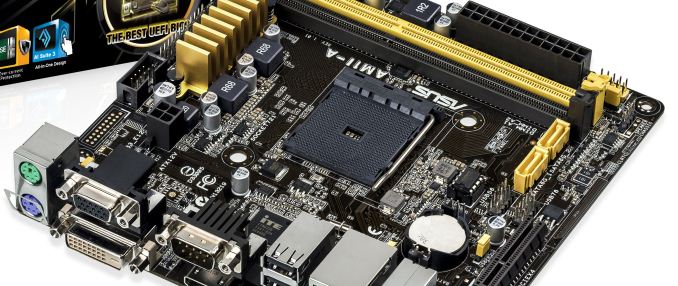
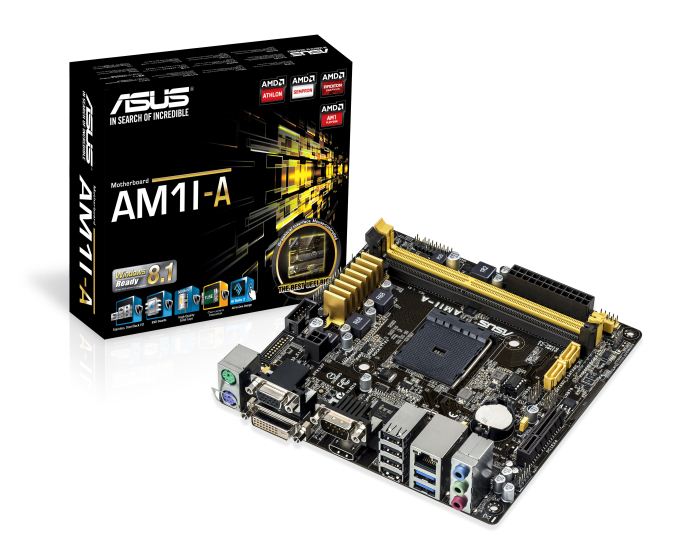
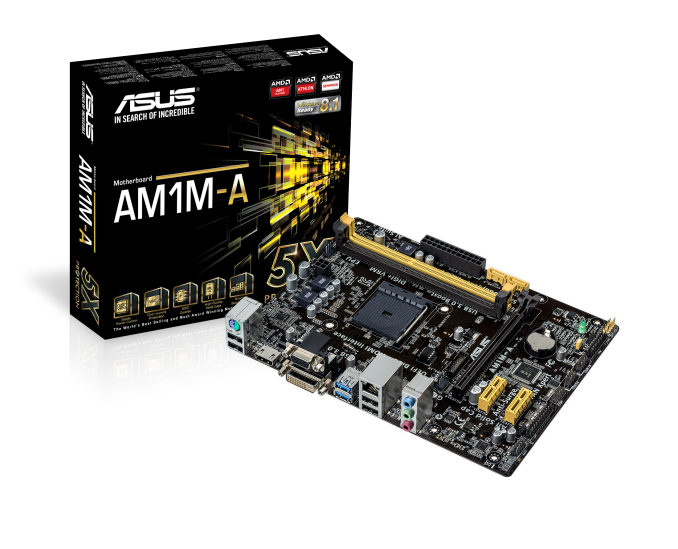

 Quote
Quote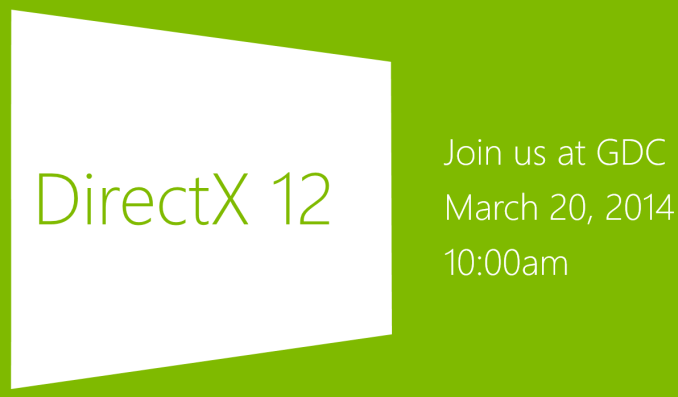

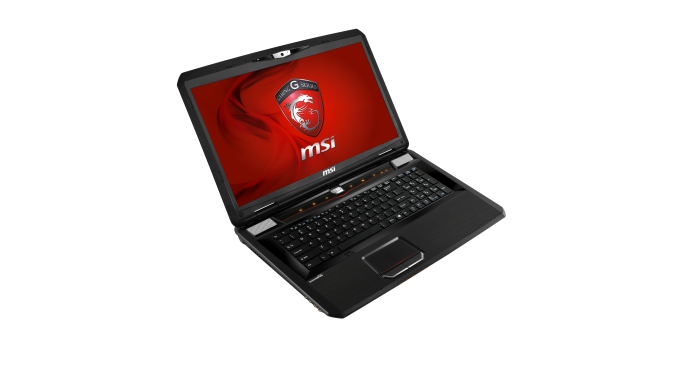





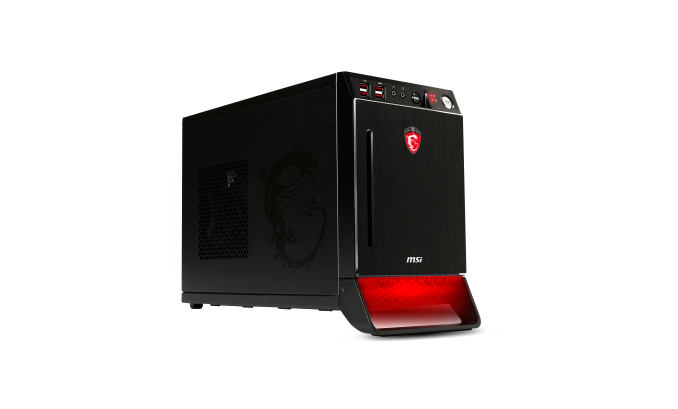
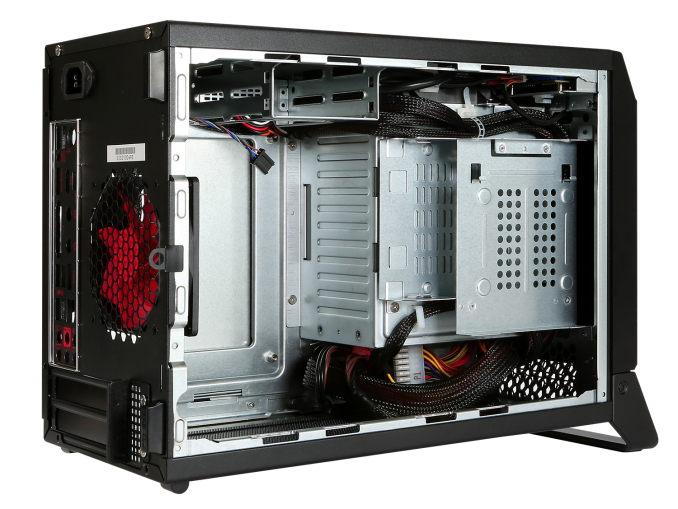
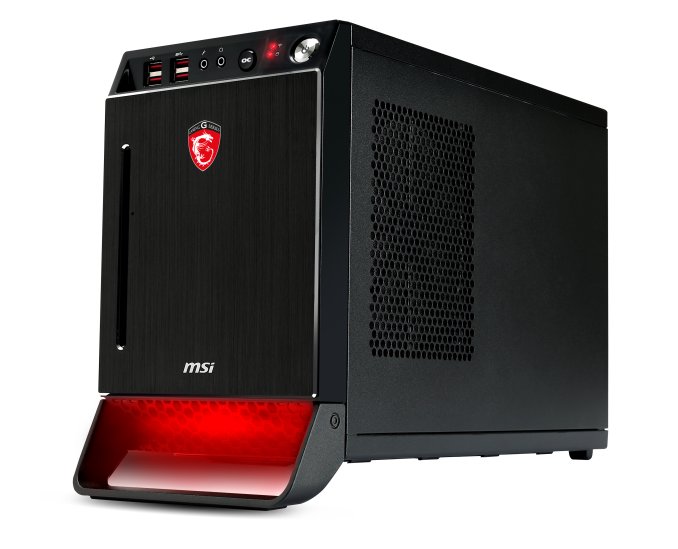
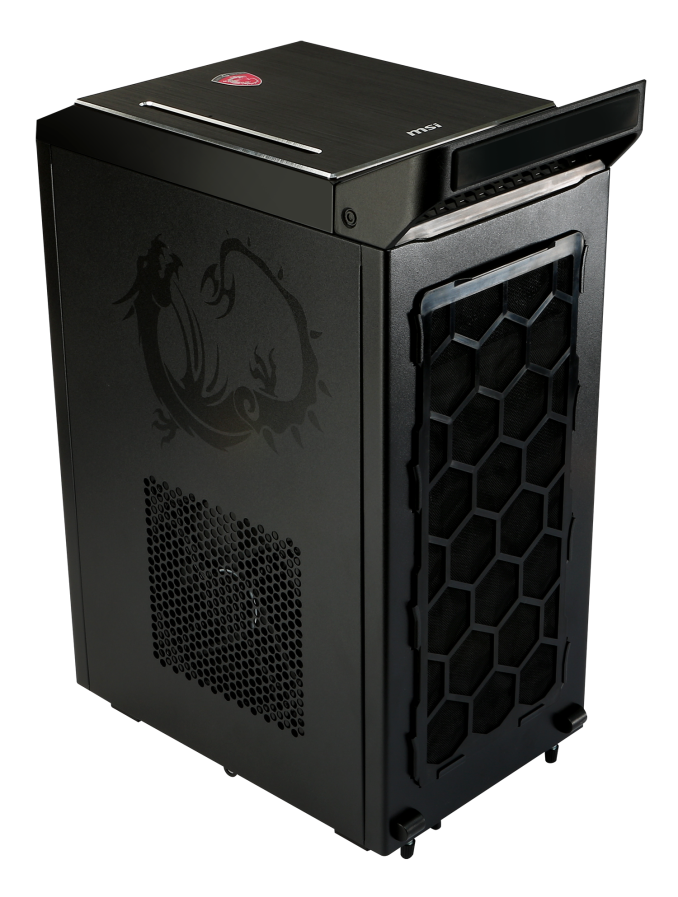
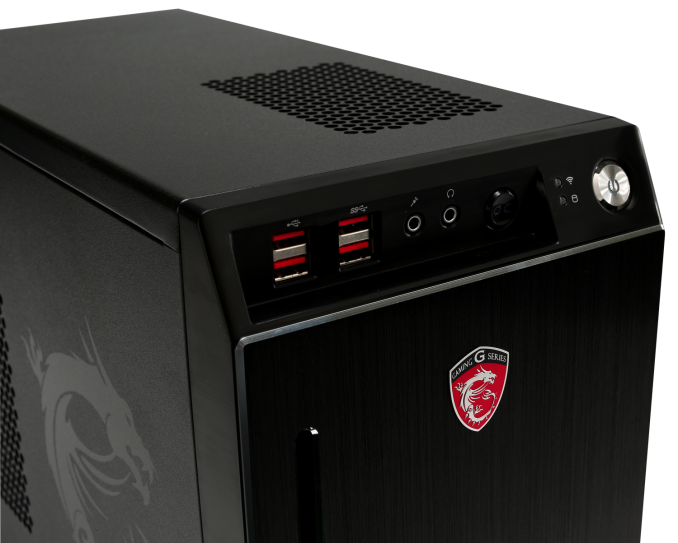
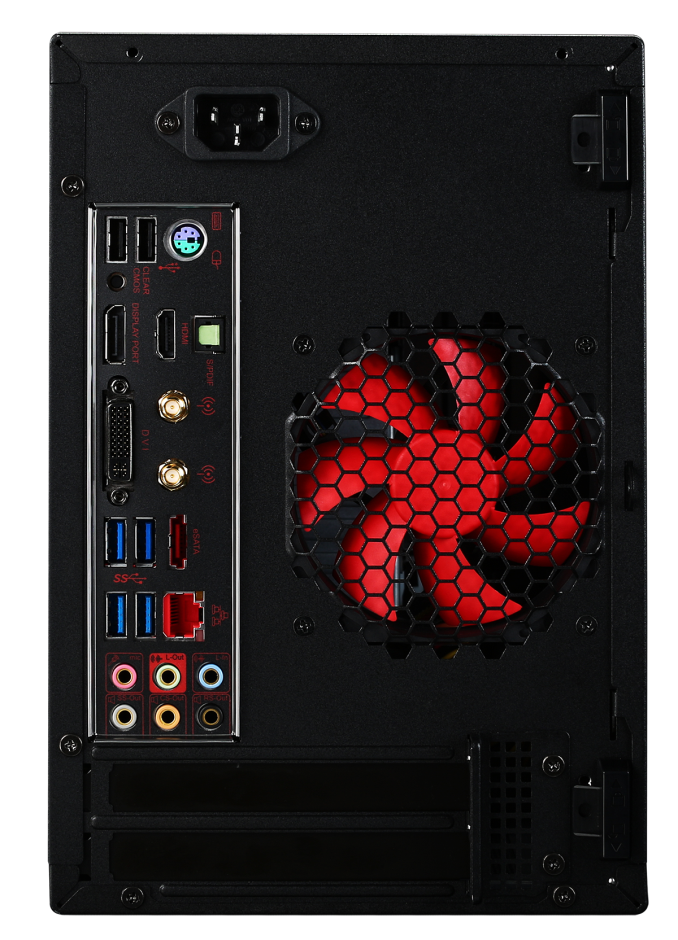
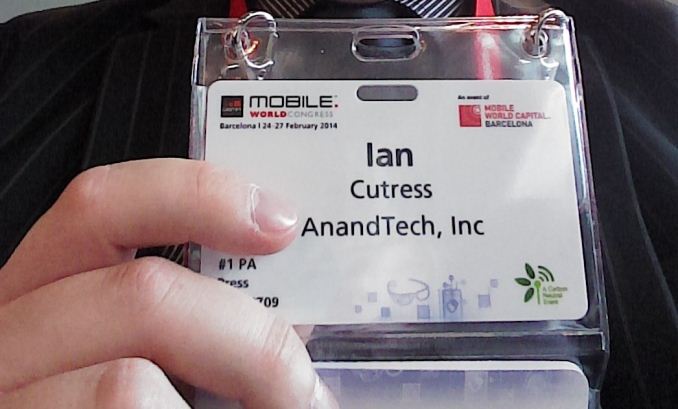

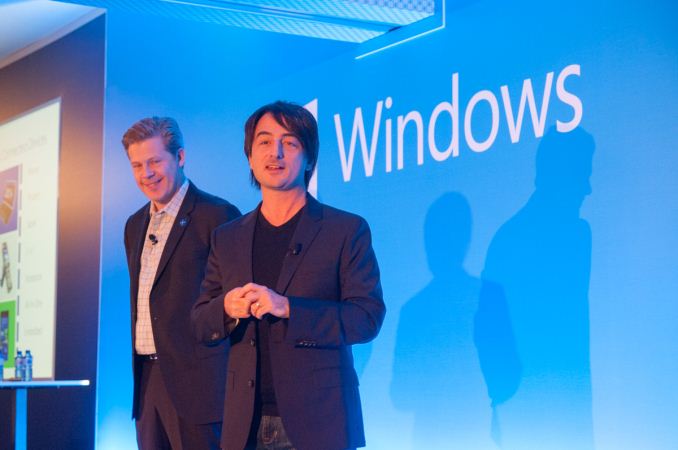
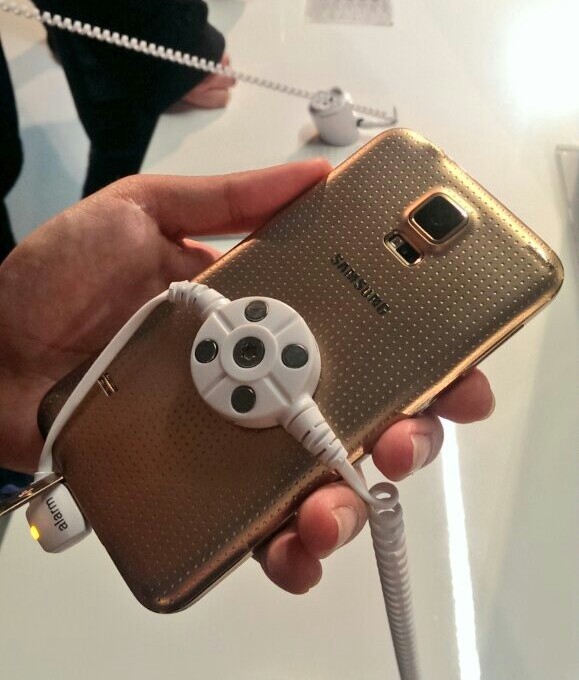


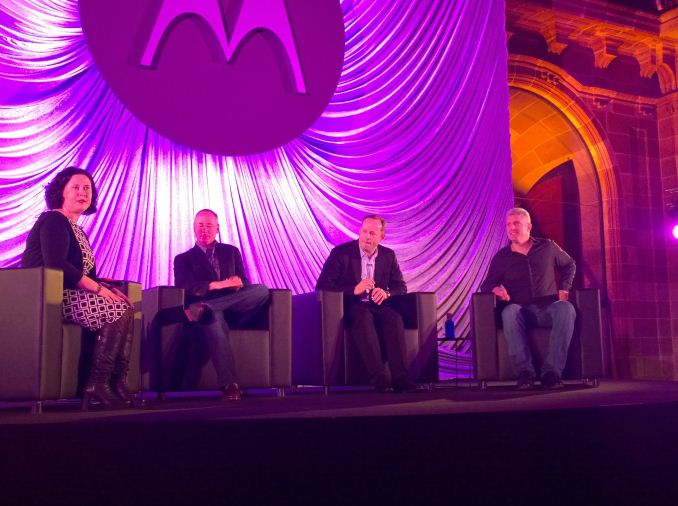
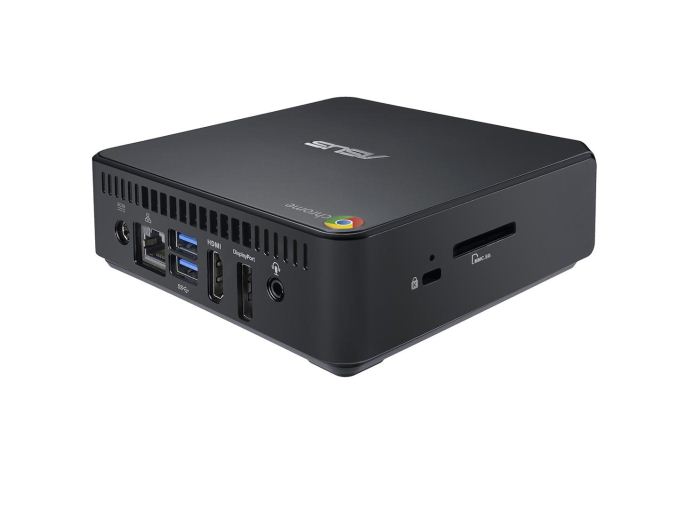
















Bookmarks